|
Friends, I am super proud to announce that yours truly wrote this feature for TheKitchn.com. When they approached me several months ago about a research and writing project on iconic cookies for every decade from 1920 to 2010, I was excited, but a bit daunted. How to choose? Especially since Christmas cookies don't usually change that much from year-to-year. But we figured it out and I'm so proud to share what I think are cookies that represent the events, trends, and fashions of every decade. It was tough keeping the word count limited, but each cookie has an explanation connecting it to the history of the decade, plus a historic recipe. And author and baker Jessie Sheehan (of Vintage Bakes) has come up with some truly awesome and creative modern twists on all the historical recipes.
So head on over to TheKitchn.com and read the article! And then let me know which cookie (or story!) is your favorite!
0 Comments
Thanks to everyone who joined us for Episode 24 of the Food History Happy Hour! In this episode we made eggnog and talked about all things Christmas, including Medieval beverages, the origins of fruitcake, plum pudding, and mincemeat. Full list of historic Christmas beverages below, and here's a little more history on the Eggnog Riot of 1826 at West Point! We also talked briefly about Charles Dickens (hence the Fezziwig image!) and the 2017 movie "The Man Who Invented Christmas," which I recommend!
(Apologies for the fuzzy audio - not sure what happened!)
A LOT of historic recipes for eggnog call for party-sized portions. But there are lots of single-serve versions in vintage bartender's guides through the ages. I thought we would use this one, Practical Bar Management, by Eddie Clark, published in 1954, which, co-incidentally, is also the same year the movie White Christmas came out. If you'd like to catch up with the menu I put together to go along with White Christmas, you can see all the blog posts and recipes here.
Eggnog (1954)
As you can tell, this recipe isn't exactly exact! Not even the spelling. Here's the original text:
"This drink can be made with either Brandy, Whisky, Rum, Gin, Sherry, or Port. "Pour into the shaker: 1 measure of the desired spirit or 1 wine glass of the chosen wine. Add the contents of 1 egg, 1 tablespoonful of sugar, 1/2 tumbler fresh milk. "Shake extra well and strain into a tall tumbler glass. Grate a little nutmeg on the drink before serving." Here's my adaptation, which I shook over ice to make it cold, which I think watered things down a smidge. Still very good. 1 jigger spiced rum 1 pony bourbon 1 large egg, well-washed 1/2 cup whole milk 1 tablespoon sugar Shake very well until cold and frothy. Grate some fresh nutmeg on top and serve cold. I am not generally a fan of prepared eggnog you can buy in stores. It's usually thickened with carageenan, VERY sweet, and very strongly flavored. This homemade version was much nicer - not as thick (although you could use half and half or light cream instead of milk for a richer product and skip the ice), not nearly as sweet, and although the alcohol was very forward (you could cut back a bit if you want), it was quite nice - creamy with a frothy head and didn't taste much like eggs at all, surprisingly. I'm a fan! Holiday Beverage Glossary
A LOT of different holiday beverages came up in the comments, so I thought I'd list a few with approximate ages and places of origin.
So what do you think? Did I miss any historic holiday beverages? At our house, we always serve an 18th century punch called Second Horse Punch. Which, like most Christmas classics, needs to be made in advance! Do you have any special or traditional holiday beverages? Share in the comments!
Food History Happy Hour and the Food Historian blog are supported by patrons on Patreon! Join us for awesome members-only content like free digitized cookbooks from my personal collection, e-newsletter, and even snail mail from time to time!
For those of you who have been following along, this is part of my "Dinner and a Movie: White Christmas" series! A "malted" makes an appearance in my favorite club car scene as Bob, Phil, Betty, and Judy make their way from Florida to Vermont. As they order some late-night snacks, Judy orders a "malted" from the bartender (who, coincidentally, I believe is the only Black person in the entire movie). What she means of course, is a malted milkshake - vanilla, not chocolate. And while I love malted everything, from chocolate-covered malted milk balls to malted milkshakes, this special ingredient has its roots in the brewing industry. Malt is made from barley and was originally a primary ingredient in beer (malt-based beers are some of the only ones I'll drink - I prefer them to hops-fermented ones), and later whiskey. Barley is partially sprouted and then dried and ground to create malt. In the 19th century it also became an industrial baking product, helping to give sweetness and a nice crust to breads. But in the 1870s, British pharmacist James Horlicks was trying to come up with an alternative food to raw milk for infants and a nutritional supplement for invalids. Milk at the time was rarely pasteurized and could often infect children with diseases. Lacking funds, he emigrated to Racine, Wisconsin, where his younger brother already lived. By the 1880s the brothers had patented a fortified gruel that they dried and ground, containing malted barley, ground grains, and dried milk. Developed as a water-soluble food for infants, it was quickly adopted in both tropical climates and polar expeditions for its shelf stability, palatability, and nutritional content. Horlick's brand malted milk became the industry standard and was adopted by the Temperance movement as well, showing up in soda fountains and in ice creams. In 1927, Carnation launched its own brand of malted milk and soon chocolate options were available on the market as well. Ovaltine, a malted milk powder that originally also contained eggs, was developed in Switzerland in the 1900s (originally with the name "Ovomaltine"). By the time we get to White Christmas in 1954, malted milkshakes, including chocolate malts, were a fixture of diners and soda fountains (and, apparently, trains) everywhere. Today, Carnation is one of the few malted milk powders widely available, and that's what I used. They also had a recipe for malted milkshakes right on the back of the container. Vanilla Malted MilkshakesThis recipe is per serving. 2 scoops vanilla ice cream 3/4 cup whole milk teaspoon vanilla extract 3 tablespoons malted milk powder Place all ingredients in a blender and blend until smooth. This did make a very good milkshake - the ratio of ice cream to milk was just about perfect. Although it was maybe a little more liquidy than I like, it didn't get ice crystals, as you sometimes do with homemade milkshakes. That being said, three tablespoons of malted milk powder is a LOT, and resulted in a very strong malted milk flavor. If you're unsure of how fond you are of malted milk, I would cut it down to two tablespoons. This makes about 12-16 ounces, so make sure to pour it into a tall glass and top it with whipped cream. Be sure to follow the White Christmas tag or visit the original menu post for the rest of the White Christmas Dinner and a Movie menu. Are you going to make this, or another beverage from the list? Want to see more Dinner and a Movie posts? Make a request or drop your suggestions in the comments! The Food Historian blog is supported by patrons on Patreon! Join us for awesome members-only content like free digitized cookbooks from my personal collection, e-newsletter, and even snail mail from time to time! I really debated what dessert would go best with White Christmas. Aside from the malted milkshake, and the General's birthday cake, none are mentioned in the movie. I thought about going the fruitcake route, but I didn't exactly have time for it to soak. And then, when flipping through The United States Regional Cook Book (1947), I ran across a recipe I'd found and wanted to try earlier in the year - "Maple Sirup Gingerbread." Gingerbread is a traditional Christmas food dating back to the Medieval period, and the use of maple syrup (or, in 1940s spelling, "sirup") made the recipe appropriately Vermont-y. During World War II, maple syrup was touted as a sugar alternative and throughout history it has generally been less expensive than refined white sugar. Not so today, when a quart of maple syrup ranges in price from $15-$25, depending on where you are (which means a cup averages about $5). If you'd rather not "waste" a whole cup of maple syrup on a cake, feel free to use a different gingerbread recipe (may I recommend New York Gingerbread?). Maple Sirup Gingerbread (1947)It occurred to me after I started making this that the "sour cream" in the recipe was probably SOURED liquid cream, instead of the thick, dairy sour cream we're used to these days. But I went with it anyway. If you want to try something closer to the original, split the difference and use a half cup of heavy cream and a half cup of sour cream. Aside from that, I made no changes to this recipe, except to make an executive decision about "oblong baking pans" and just do a round one instead. I also don't recommend lining the pan with waxed paper, unless you want the wax to melt into your cake and onto your pans. Parchment is fine, but unnecessary. Just grease the pan well. 1 cup maple syrup 1 cup sour cream 1 egg, well beaten (you don't actually have to beat the egg in advance) 2 1/3 cups sifted flour (ditto sifting) 1 teaspoon baking soda 1 1/2 teaspoons ginger 1/2 teaspoon salt 4 tablespoons melted butter (1/2 a stick) Blend maple syrup, sour cream, and egg together until smooth. Add dry ingredients and whisk into the liquid ingredients, making sure to stir well. Add butter and beat thoroughly. Pour into greased ROUND cake pan and bake at 350 F for 30-40 minutes, or until the center of the cake springs back to the touch. Loosen the edges and tip out the pan to cool on a rack. Serve warm or cold with plenty of whipped cream. A word to the wise, you'll note that this recipe ONLY contains ginger, no other spices. But it contains quite a bit of ground ginger, which means the ginger flavor is very forward and in my opinion masks the flavor of the maple syrup, though my husband swore he could taste it. You might want to dial back the ginger a bit if you make it. Either way, it's very good - dense and moist with lots of good gingery flavor and feeling appropriately Christmassy. If you're trying to be healthier, I recommend subbing half of the all-purpose flour with a whole grain one. Spelt or rye would both be nice. So what do you think? Does Maple Sirup Gingerbread go with White Christmas (1954)? Let me know in the comments! And be sure to follow the White Christmas tag or visit the original menu post for the rest of the White Christmas Dinner and a Movie menu. Want to see more Dinner and a Movie posts? Make a request or drop your suggestions in the comments! The Food Historian blog is supported by patrons on Patreon! Join us for awesome members-only content like free digitized cookbooks from my personal collection, e-newsletter, and even snail mail from time to time! White Christmas (1954) is probably one of my favorite holiday films. I did not grow up watching it. In fact, my husband was the one who introduced me to it, but I fell in love. It's got everything - WWII, great relationships, music, dancing, everything wonderful and awful about putting on a show (former theater nerd, here), and of course, a heartwarming tale in a beautiful setting. Not to mention Bing Crosby's velvet voice. So when a friend, who had never seen White Christmas, suggested I make a dinner menu to go along with the film, I couldn't resist. She knew I'd done similar menus before (Star Wars and The Hobbit, respectively, both birthday parties I threw myself), but this one was fun because I could delve into all my vintage cookbooks for ideas. Now, there are a few foods mentioned or shown in the film. One of the first (and best) is the scene in the club car on the way to Vermont. Mentioned or shown foods include:
The other major scene is after hours, when sandwiches and buttermilk are the order of the day. Mentioned or pictured in this scene are:
Other foods shown include hotdogs by the fire and, of course, the General's enormous birthday cake. Clearly dinner is served in that scene, but it's difficult to see what. There was an added hiccup in all this menu planning - the friend in question is vegetarian. So guess what? A lot of that list is out the window! But I relish a good challenge, so I took to my cookbooks and got thinking. And here's what I came up with: I based my recipes largely on the foods of the late 1940s, focusing on New England recipes. Because although White Christmas was released in 1954, and clearly takes place in the 1950s, it was influenced by the earlier (and slightly more racist) Holiday Inn, which came out in 1942. In addition, the WWII connection between Bob and Phil (a.k.a. Wallace & Davis), made me think this menu needed a little bit of a 1940s flavor. Here's the menu:
No, those aren't typos - "lentilwurst" is what I call vegetarian liverwurst and while everything was good, that was the surprise hit of the night. I wish I had made a double batch because it was gone almost instantly. Maple Sirup (also not a typo - that's how they spelled it in the cookbook) Gingerbread was another delightful (if rather expensive) hit. Thankfully, we did not eat the whole cake in one sitting, although two days later we're down to the last piece. In an effort to spare you from the world's longest blog post, I'm going to be posting the recipes each day this week (probably more than one per day) as their own blog posts. Don't worry - I'll link them back here as they're posted so you can always find everything in one spot. You should get the whole menu before the weekend - just in time to plan a White Christmas Dinner and a Movie of your own! Happy eating! Want to see more Dinner and a Movie posts? Make a request or drop your suggestions in the comments! As always, The Food Historian blog is supported by patrons on Patreon! Join us for awesome members-only content like free digitized cookbooks from my personal collection, e-newsletter, and even snail mail from time to time! I've been hard at work putting the finishing touches on my upcoming talk & cooking demonstration, “Indian Meal and Molasses: The Making of New England Cuisine.” I will demonstrate the very old-fashioned recipe “Indian Pudding,” and we'll discuss the use of Indigenous ingredients and cooking techniques by early European settlers, as well as the widespread use of molasses, a product of Caribbean slavery, in Colonial American foods. Sponsored by the Poughkeepsie Public Library, this talk is FREE and starts tomorrow night (Tuesday, December 8, 2020) at 6:30 PM EST. You can register here. If you miss the talk in person, it will also be posted on YouTube and I'll probably do a whole blog post on the recipe and the history, too.
I'm also about to have more free time on my hands because after this week, I've got the rest of the month of December off from work, to use up my vacation by the end of the year. I've got some really awesome projects coming your way, including a White Christmas movie-themed dinner (with authentic 1940s recipes!), a new digitized cookbook from 1946 and planned series of articles highlighting the background behind some of the surprise celebrities I found inside, and some discussions of "lost" Christmas desserts. Plus, I plan to spend some much-needed time working on my book! More of a working vacation, I guess. :D But in addition to all that work, I'm going to spend some time making Christmas cookies to mail to friends and family, and also some holiday cards, which I'm sending for the first time in many years. And I'd like to send one to you, too! I have some adorable vintage-looking food-themed ones just for Food Historian members and patrons. If you'd like to get one in the mail, with a cookie recipe or two enclosed, all you have to do is be a new or current Food Historian member or Patreon patron at the $5/month ($60/year) level or above and I'll send one your way! Already a member? Great! You're all set. Not a member but want to join? Click the button below to learn more! Have a wonderful holiday season and I hope to "see" you soon! The more I learn about food history, the more I realize that our modern concept of seasonal eating is a big wrong-headed. I've often prided myself on my delight in seasonal eats and trying to stick to what is available seasonally in my cooking. Meaning, no strawberries in December or tomatoes in March or pumpkin in June. And this in-the-moment feeling certainly was quite historic, particularly in spring and summer as waves of produce came to be eaten. However, historic cooks did a great deal of preserving throughout the year, especially in preparation for the winter holiday season. From pickling young walnuts in June, making cherry bounce in July, and starting the holiday fruit cake in August or September, canning and drying weren't the only food preservation activities going on, and many happened year-round. Of course, I'm not much of a canner or jammer, and I find the easiest way to preserve involves alcohol. Even though (ironically) we don't do a great deal of drinking in our house, having something other than beer and wine at a party is delightful, and punch is one of the best ways to showcase an interesting beverage for a crowd. As some of you may be aware, we plan a huge holiday party every year (hosting between 20 and 40 people), and Second Horse Punch has been a staple since the beginning, starting 10 years ago. We got the recipe from a friend, who works at another 18th century historic site. The original recipe reads thusly: ½ pint light-bodied West Indies Rum (a.k.a. light Puerto Rican or Cuban) ½ pint peach brandy ½ pint lemon juice 5 tablespoons bitters (Angostura is about the only kind left and this recipe uses about half a bottle) 4 tabelspoons brown sugar Stir thoroughly. Pour over a large block of ice. Add 2-3 pints effervescent mineral water. So what's with the name? It was supposedly invented by the Second Lighthorse Brigade and a rusty stirrup added to the punch purportedly improved the flavor. We are ginger ale addicts in our house, and the added sweetness is very nice - I think if you used mineral water (or sparkling wine) as the original called for, you would taste the alcohol too much. And to be honest, the best Second Horse Punch goes down so smoothly you don't realize how much you've downed. Although our ratio is 1:2 Second Horse Punch to ginger ale, the gentleman who gave us the recipe does a 1:1 ratio. That's a bit too strong for us! The key to a good Second Horse Punch is to let it age. The longer, the better. At minimum three months, preferably up two years. The longer it ages, the smoother it becomes. But, if you're going to let it age for that long, be sure to store it in glass. Quart mason jars are fine, if you don't have bottles. Our first big batch is actually in an old green glass wine jug. Second Horse PunchHere is our quadrupled recipe, which makes 3 quarts (not two, like my handwritten recipe says - I've since corrected it). 1 quart white rum 1 quart peach brandy 1 quart lemon juice 16 tablespoons brown sugar 2 bottles angostura bitters (which is actually only 16 tablespoons, not 20, but that's okay) Mix well - I recommend adding the brown sugar first - and pour into glass jars for storage. Label with the date so you know when best to mix it up for a delicious, not-too-sweet, spicy, delicious party punch. If you don't want to make 3 quarts, you can cut the recipe in half and use a pint mason jar for your measuring (which I did, but twice, because I didn't have a big enough pouring bowl). To make the finished punch, mix one part Second Horse Punch with two parts ginger ale and serve in a big punch bowl over ice. But only after you've let it age in a dark, cool place for at least 3 months! If you make some now, it should be quite nice by Christmas. And, as always, if you liked this post, consider becoming a member or joining us on Patreon. Members and patrons get special perks like access to members-only content. Most people know that the First World War official ended on Armistice Day - November 11, 1918 (the eleventh hour, of the eleventh day, of the eleventh month, to be exact). The war that was supposed to be over by Christmas had finally ceased, just four years after it began. But although the guns had stopped firing, the Treaty of Versailles was not signed until June 29, 1919. Armistice came on the heels of winter, after several devastating years of war in Europe. Agricultural fields were destroyed and so many men had been killed it was uncertain if labor would be available to cultivate fields again in the spring. Herbert Hoover and the United States Food Administration, along with President Woodrow Wilson, knew that the food supply for both American troops staying on in Europe for the next few months, the Allies, and even the defeated Germans would continue to need food aid. Hoover was left with the difficult task of convincing Americans that not only did they have to keep saving food, despite the official end of hostilities, they would also have to feed their former Hun enemies. But the American harvest, geared up for another potential year of war, had been a good one. And the USFA began to lift restrictions on commercial food production, retailing, and food service industries. By December 22, 1918, the last of these restrictions had been lifted, just in time for Christmas. The New York Times article above, published December 23, 1918, reads: "LAST BAN ON FOOD IS LIFTED TODAY Federal Administration Drops Restrictions on Public Eating Places BUT URGES CONSERVATION Its Activities Are Now to be Centered on Preventing Profiteering and Speculation. Special to the New York Times. WASHINGTON, Dec. 22. - Announcement was made by the Federal Food Administration tonight of the issuance of orders dropping all food restrictions beginning tomorrow morning. From time to time various regulations have been abandoned, and since Oct. 21 last the principal specific food regulations in force were those known as the "twelve general orders for public eating places." These latter are to be dropped, effective tomorrow morning. In rescinding the "twelve general orders" the Food Administration emphasizes the need for continued care in food in order that the United States may meet its pledge to relieve conditions abroad. The twelve general orders for public eating places, which were designed as a war measure to restrict food at the time the devices of meatless and wheatless days and the substitution of one food for another were abandoned, went into effect on Oct. 21. It is estimated that 9,000,000 persons take their meals in public eating places - hotels, restaurants, cafes, clubs, and dining cars - and the food saving through this system of conservation is declared by the Federal food officials to have been very great, despite the fact that compilation of the total savings has not been possible to date. In notifying the Hotel Chairmen on the staffs of the Federal Administration of the decision to rescind the present food regulations the Hotel Division of the Food Administration asked that they hold themselves in readiness to assist in putting into effect any specific measure which public eating places, through developments in world relief, may in the future be called upon to carry out. The twelve general orders provided that no public eating place should serve bread or toast as a garniture or under meat, allow any bread to be brought to the table until after the first course, or serve to one patron at anyone meal more than one kind of meat. Bacon was barred as a garniture. A half ounce of butter was regarded as a portion, and cheese was limited to a half ounce for a meal. Nos. 8 and 9 referred to the sugar restriction. The others referred to waste and the use of cream and butter fats. Conservation Still Urged. Notwithstanding the lifting of restrictions the Food Administration will not cease its activities entirely until a Presidential proclamation releases the public from the Food Control act, which may be some months in the future. Meanwhile, particular attention will be paid to profiteering and speculation in licensed food products. The profit and margin rules will be enforced as they have during the last few months. The New York Federal Food Board issued a statement yesterday urging the proprietors of eating places to continue conservation of foodstuffs. "There should be no waste or extravagance in the use of any foods," said the statement. "All food should be prepared and served with the idea constantly in mind that America must send 20,000,000 tons of food to hungry Europe during the next twelve months and that the greater part of this food can be secured only by saving." The board made public the following telegram from the Food Administration at Washington: "Partial demobilization of the Food Administration and the withdrawal of many of its rules and regulations have given the impression in some quarters that all activities have ceased, or are shortly to cease. This is not the case. The act imposes upon the administration certain obligations, which continue until Presidential proclamation releases us from the Food Control act, and particularly the obligation to curb profiteering and speculation in licensed food products. This function must continue to be performed, and there is not intention of relaxing in this direction. It has been possible, now that peace is assured, to cancel many requirements for reports and many of the details of the regulations, but the profit and margin rules have been, for the most part, retained, and will be enforced by revocation of license and other appropriate penalties. It is expected that it will be possible from time to time to remove certain commodities from the license list, but this will be limited to commodities which do not seem likely to be subject to possibility of speculation and profiteering." The above propaganda poster from the Chicago division of the US Food Administration, features doughtboys at a mess table and reads "You Saved Food for Them, Now Save to Make Their Victory Complete. Famine has spread throughout Europe - Anarchy is following. Feed the starving millions and Bolshevism will vanish. Are you doing your part? Eating only what you need - not all that you can. America must continue to save food. Live simply - follow the doctrine of the clean plate. The sooner normal conditions are established in Europe the sooner our boys can come home. Will you help bring them back quickly? Eat less, waste nothing." Playing on fears of the 1917 Russian Revolution and the spread of socialism in Europe, the United States Food Administration used the admiration for "our boys" to convince Americans to keep up their thrifty wartime ways, even as food restrictions were being relaxed. Christmas, 1918, was likely a very happy one for most Americans - the war was over, the danger of German invasion a thing of the past, and the United States and her Allies victorious. Being able to have a basket of bread and butter before a restaurant dinner of steak probably didn't hurt, either. But many American soldiers remained in Europe, helping rebuild villages and roads, burying the dead, and otherwise securing the countryside. And 1919 would hold domestic unrest for the United States. It was the war to end all wars, and it changed the global balance of power, and Western society, forever. If you enjoyed this World War Wednesday post, consider becoming a member of The Food Historian! You can join online here, or you can join us on Patreon. Members get access to members-only sections of this website, special updates, plus discounts on future events and classes. And you'll help support free content like this for everyone. Join today!
This article, from the December, 1942 issue of Good Housekeeping magazine, illustrates the first Christmas under rationing for Americans. Although the Japanese had attacked Pearl Harbor on December 7, 1941, rationing did not go into effect until 1942. Good Housekeeping set the standard for women's magazines in the period, and had the still-famous "Good Housekeeping Seal of Approval" to its name. But in this instance, the magazine, as many other publications in the period, served as an arm of the government's propaganda machine. Here, the article outlines the Basic 7 nutrition recommendations and gives advice for how to shop around shortages and rationing. The article has no author, which is another clue that it probably came straight from Uncle Sam's on-staff nutritionists and home economists. "PLAN YOUR HOLIDAY MEALS THIS WAY AND YOU'LL MEET Uncle Sam's recommendations FOR NUTRITIOUS MEALS""Planning Is Important. It's imperative this year to cut down on deliveries and trips to market, to shop early in the week, so there will be less crowding in the stores, to stock up on staples, and to plan for the purchase of perishables, so the refrigerator is never overcrowded. And we should not go back on Uncle Sam by failing to measure up to his recommendations for truly nutritious meals. All this means planning ahead. So before you go to market, plan your meals, if possible, for the entire holiday weekend, Thursday to Monday. Plan each day as a unit, with an eye on the government food chart. Then make out your market listsone for staples, another for perishables. And off you go with your Victory marketbag or basket! "Your Grocer's Shelves. In checking your market list at the grocer's, you may find that some items are missing. Neither the grocer nor the food manufacturers can help this. Before products get to the grocer's shelves this year, Uncle Sam has appropriated what he needs for the armed forces and for our allies. This means that little, if any, of some foods is left for civilians. However, you still will find such a wide variety in foods on the grocer's shelves that you easily can choose substitutes. Here is where Uncle Sam's nutrition chart will come to your aid, so take it to market with you. Don't be surprised, either, if you find old favorites in new containerssome in glass instead of tin, some in various types of paper package. Whatever the kind of package, the quality of your favorite brands will not fail you. "Your Pantry Shelf. While you are giving your order, don't forget to include a reserve supply of those staple groceries you depend on regularly or in an emergency. This practice is real conservation. It will save trips to market, deliveries, and phone calls. Tin Cans Are Precious. You all know that tin and steel are scarce and that the tin cans you have been depending on are made of steel plated with tin. Because of this scarcity, used cans are being salvaged. The tin plating is removed, and this, with the steel, is used for new cans. We are told that 250 used cans will produce 200 new ones. Need we urge you then to save every can? Remove labels, wash cans thoroughly, remove top and bottom, and then flatten each can with the foot until the sides nearly meet. Be sure to leave a small space, as this is necessary for the detinning process. Remember, too, that unless the cans are really clean, they cannot be salvaged. If collections are tardy, take the cans in your market basket to a collection center. Saving cans is your patriotic privilege. "Uncle Sam's Food Rules. Use these rules in planning each day's menus: Milk and Milk Products - at least a pint for everyone - more for children - or cheese or evaporated or dried milk. Oranges, Tomatoes (and Tomato Juice), Grapefruit - or raw cabbage or salad greens - at least one of these. Green or Yellow Vegetables (market, canned, or quick-frozen) - one big helping or more, some raw, some cooked. Other Vegetables, Fruits (fresh, dried, canned, or quick-frozen) - potatoes, other vegetables or fruits in season. Bread and Cereal (including cereal restored to whole-grain nutritive value) whole-grain products or enriched white bread and flour. Meat, Poultry, or Fish - dried beans, peas, or nuts occasionally. Eggs - at least 3 or 4 a week, cooked as you choose - or in "made" dishes. Butter and Other Spreads (including margarines fortified with vitamin A) vitamin-rich fats, peanut butter, and similar spreads. Then eat other foods you also like. "Our Planned Holiday Menus. We followed the above rules in planning the menus given below. To illustrate: granting that breakfast provided a citrus fruit or tomato juice, a cereal, but no egg, we have eggs in the Cheese Bread Pudding, and we have meat for luncheon and cheese for dinner, to meet the protein quota for the day. Minerals and vitamins are taken care of with the carrot cole slaw, molasses cookies, fruit gelatin (gelatin is an excellent carrier of fruit, etc.), vegetable-juice cocktail, broccoli, salad, apples, etc. Enriched flour is used in shortcake, pie, cookies, and cheese pudding, and butter or margarine is used both as a spread and as an ingredient in some of the dishes. Milk is served at both meals and is used in the cheese pudding. Broccoli is the green vegetable. Isn't it simple to check your meals for their food value? And isn't it a great reward to know that your family is well fed? So why not make this part of your meal planning? "Now for our holiday menus, with recipes. DAY BEFORE CHRISTMAS Luncheon *Hamburger Shortcakes Carrot Cole Slaw Fruit or * Coffee Almond Jelly Molasses Cookies Milk Dinner Hot Vegetable-Juice Cocktail *Cheese Bread Pudding Broccoli Tossed Lima-Bean and Beet Salad Bread Sticks * Deep-Dish Quince-Apple Pie Milk CHRISTMAS DAY Dinner * Cranberry-Juice Cocktail * Carrot-Cheese Hors d'Oeuvres Roast Turkey *Sweet-Potato Stuffing Giblet or Mushroom Gravy * Brussels Sprouts with Onions String-Bean Succotash Celery Pickles Pickled Fruits Enriched Bread * Steamed Christmas Puddings with * Strawberry Sauce Roasted Walnuts Coffee Evening Snack (For Those Who Wish It) Oyster Stew Toasted Crackers Fruit Bowl Coffee DAY AFTER CHRISTMAS Luncheon * Luncheon Rarebit Sandwiches Celery Chocolate-Flavored Milk Drink Dinner Sauteed Lamb's Liver * Mashed Potato-Turnips Canned or Quick-Frozen Peas Whole-Wheat Bread *Jellied Grape Salad Milk Coffee SUNDAY AFTER CHRISTMAS Dinner * Turkey Fricassee on Crumb Noodles * Vinaigrette Spinach Baked Acorn Squash Enriched Bread Canned Cranberry Sauce * Marble Ice Cream Coffee Supper Hot Canned Consomme Madrilene Canned-Tongue and Lettuce Sandwiches Cookies Milk Coffee *Recipe given in article" I won't transcribe all of the recipes here (there are so many of them!), but most are typical of the 1940s and designed to use up leftovers (Turkey Fricassee on Crumb Noodles) or organ meats like liver or canned tongue. The meals themselves, except for dinner Christmas Day, are also very simple, emphasizing starches and vegetables livened up with cheese and a few interesting desserts. The "Dinner" served on Christmas Day was likely intended to be a noon or afternoon meal. Hence the "Evening Snack" of oyster stew ("for those who wish it" - in case they're too full still from dinner) - an American Christmas tradition (usually using canned oysters) dating back to the Victorian era. Conspicuously absent from this menu is the plethora of Christmas cookies we are now so used to. But perhaps that's a good thing. Perhaps if we adopted the 1942 stick-to-your-ribs steamed Christmas pudding, it might leave us too full for cookies anyway. How do your holiday dinner traditions line up to 1942? Do you have any traditional ways of dealing with leftovers? I'm trying to convince my family to do "snack Christmas" this year and avoid the big meal. There are only a few of us, so it doesn't make sense to cook so many dishes. Everyone prefers my mother-in-law's dill dip with rye bread, my brother-in-law's hot and cheesy jalapeno dip with Ritz crackers, and other snacks like Christmas cookies, port wine cheese-stuffed celery, and salted nuts, anyway. We'll see how successful I am! Many thanks to Cornell University for digitizing ALL of Good Housekeeping, plus a bunch of other amazing food- and home-economics-related titles at the Home Economics Archive. If you enjoyed this World War Wednesday post, consider becoming a member of The Food Historian! You can join online here, or you can join us on Patreon. Members get access to members-only sections of this website, special updates, plus discounts on future events and classes. And you'll help support free content like this for everyone. Join today!
|
AuthorSarah Wassberg Johnson has an MA in Public History from the University at Albany and studies early 20th century food history. Archives
July 2024
Categories
All
|
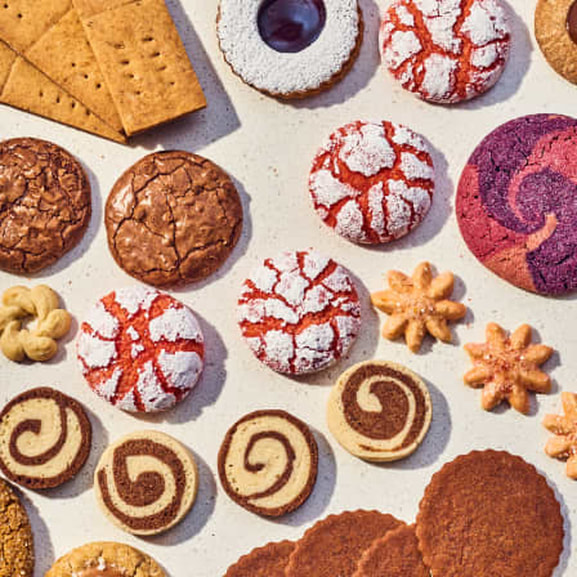
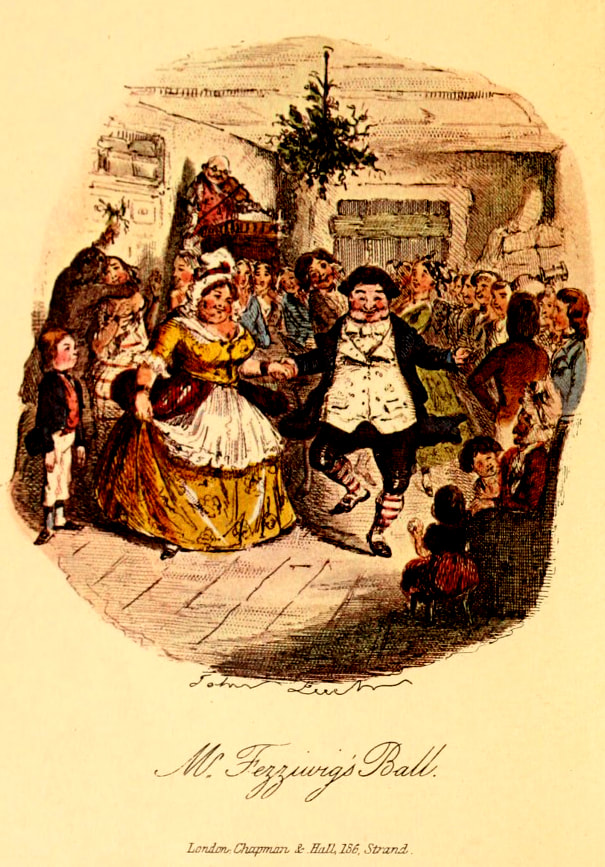
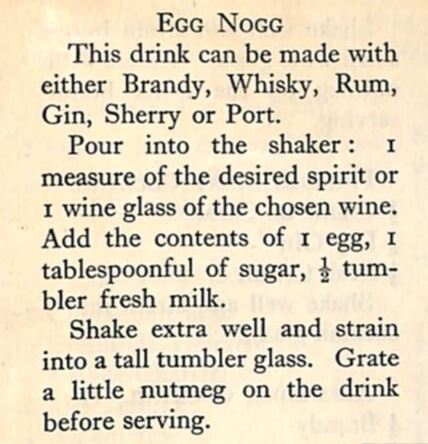
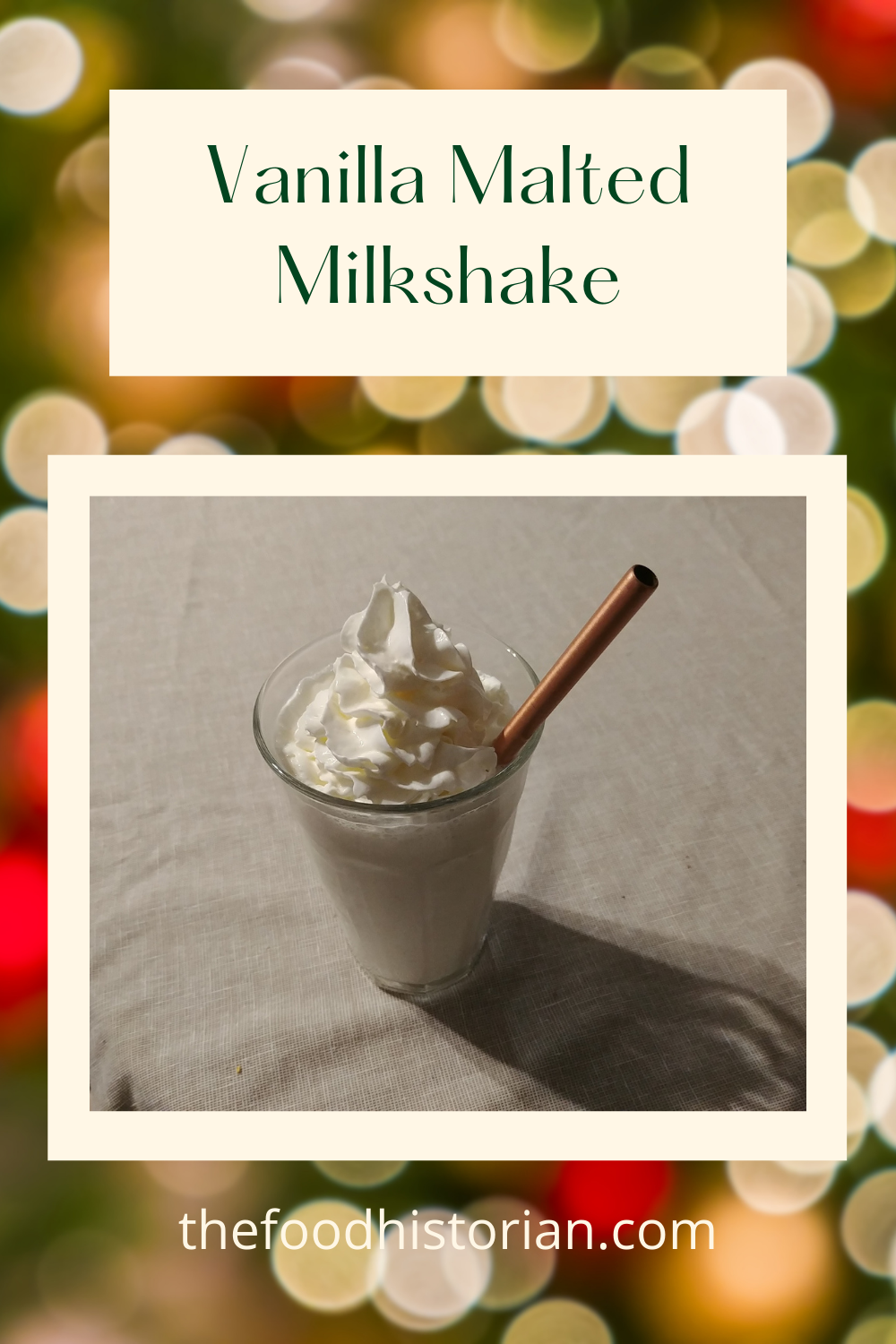

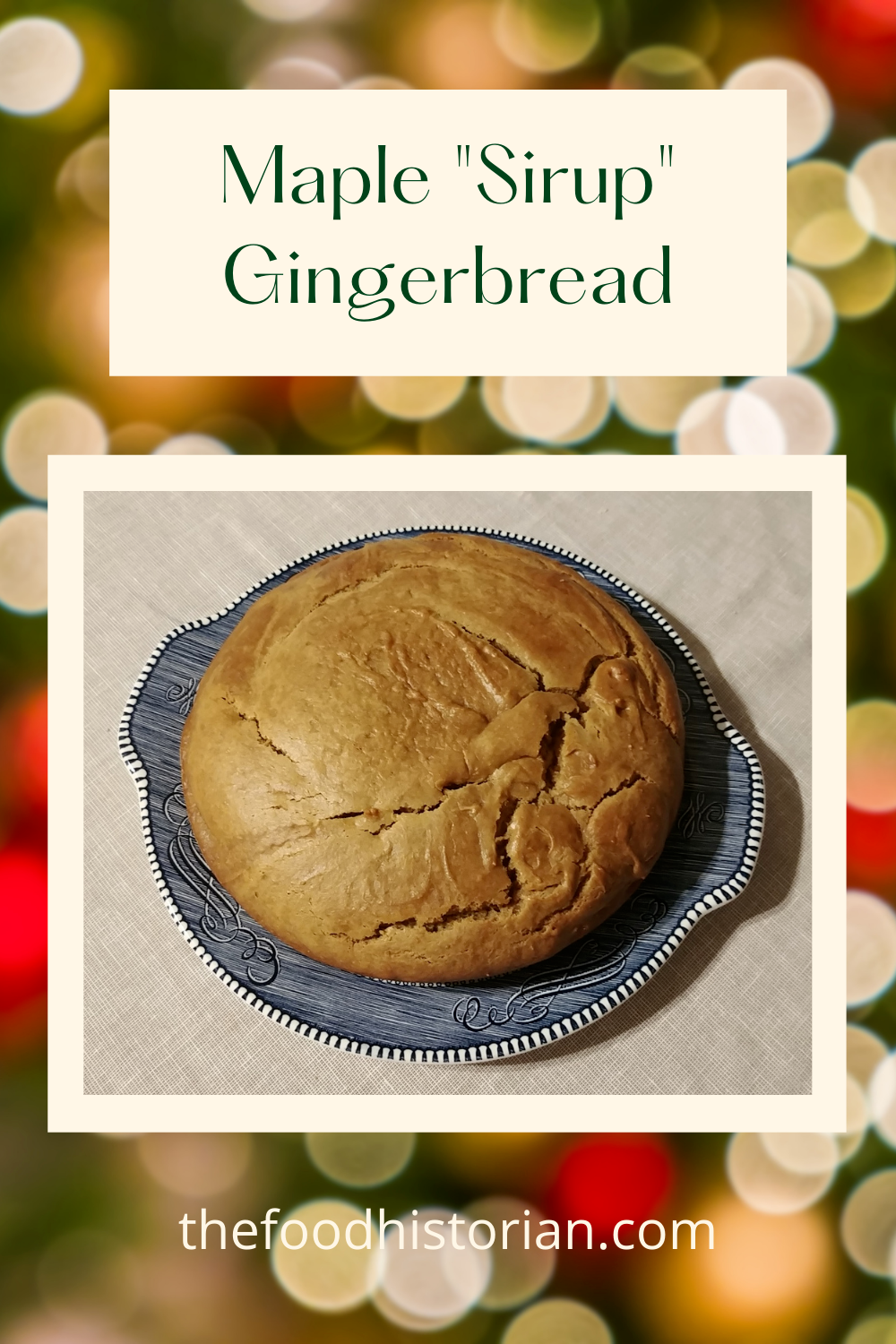
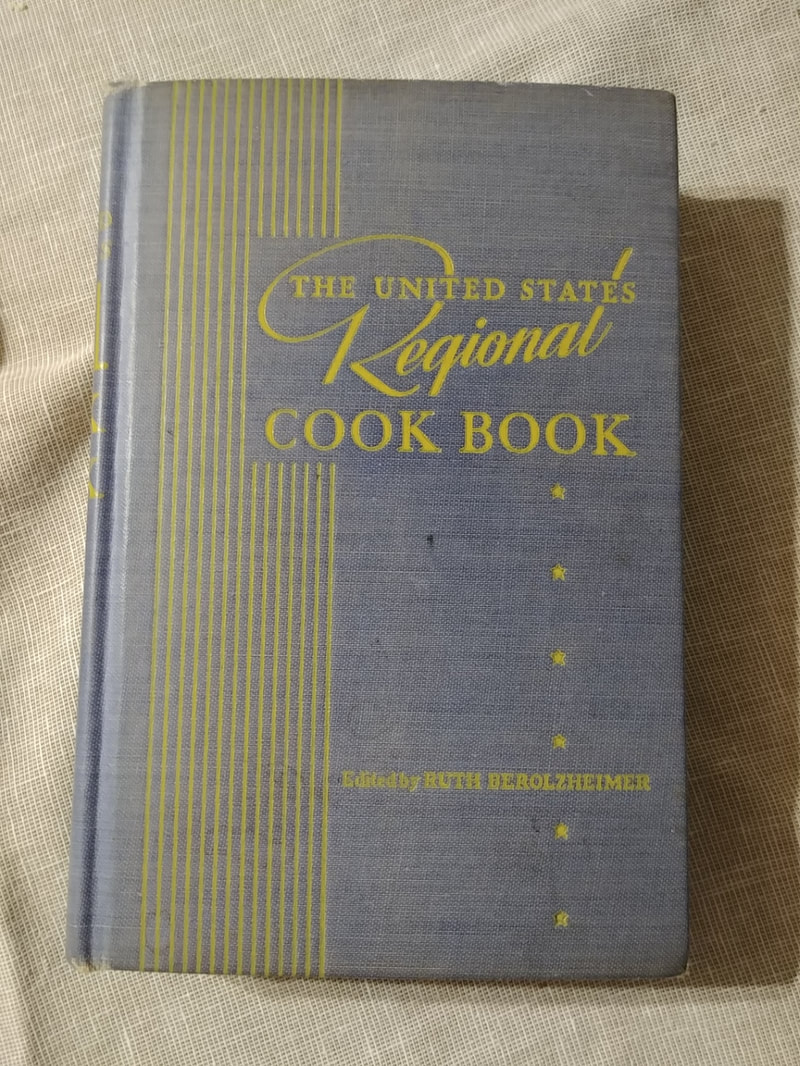
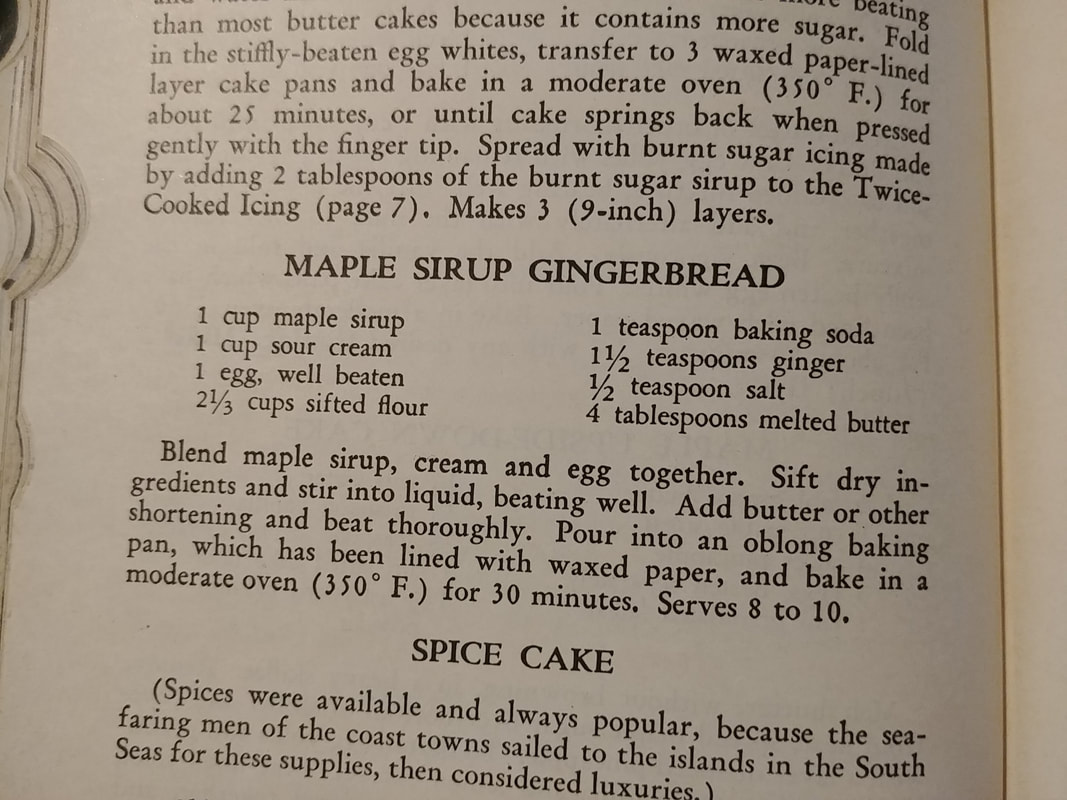
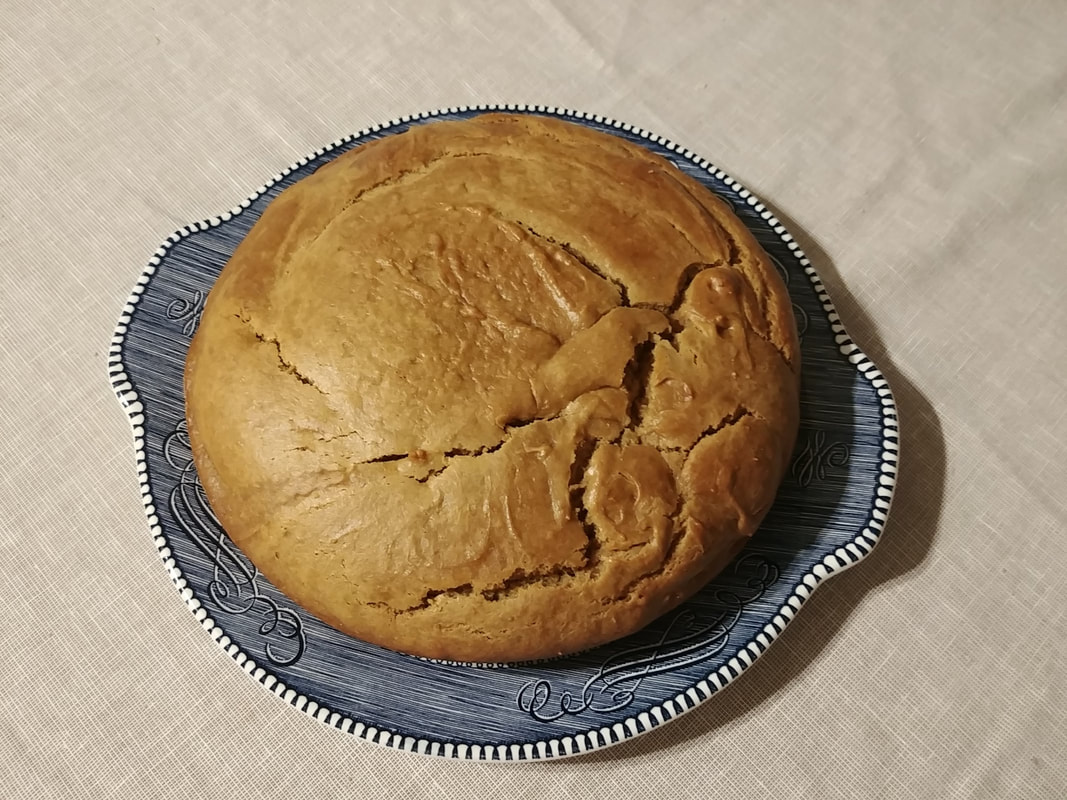
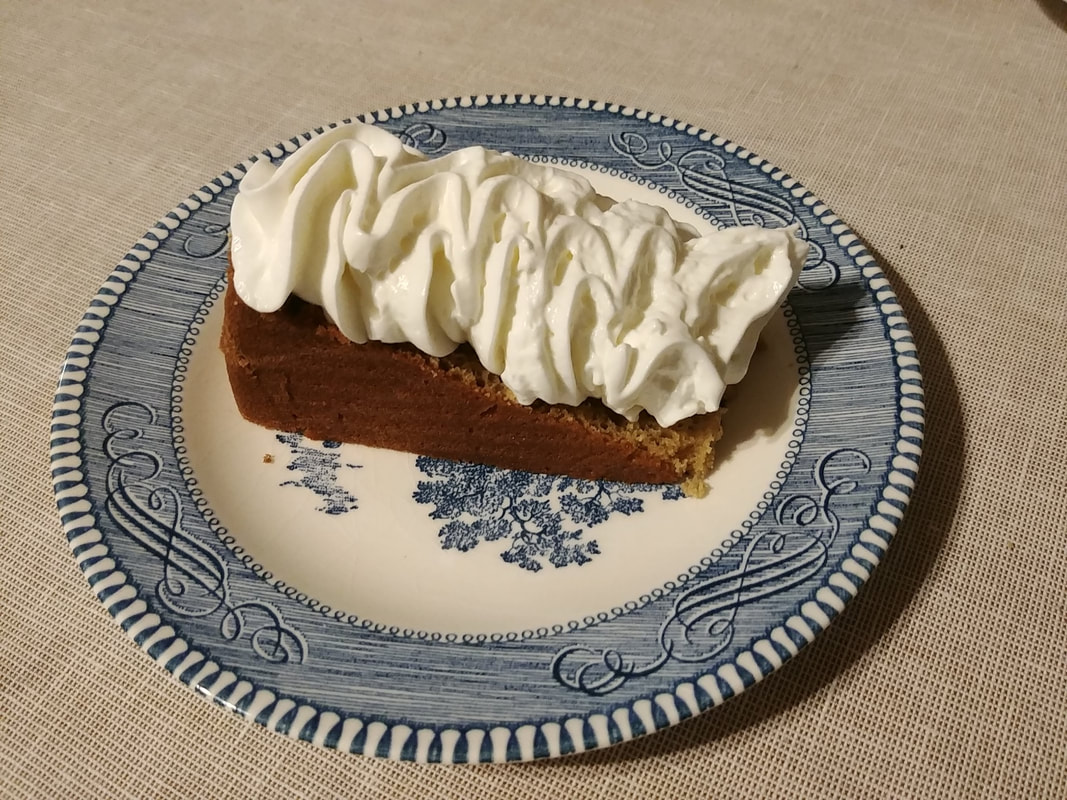



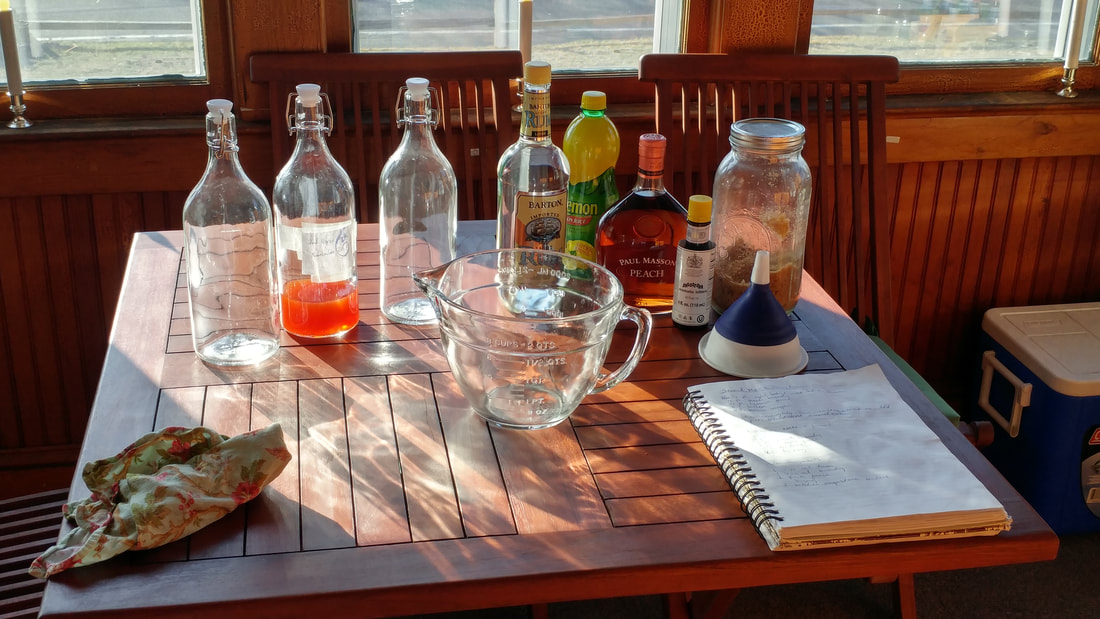
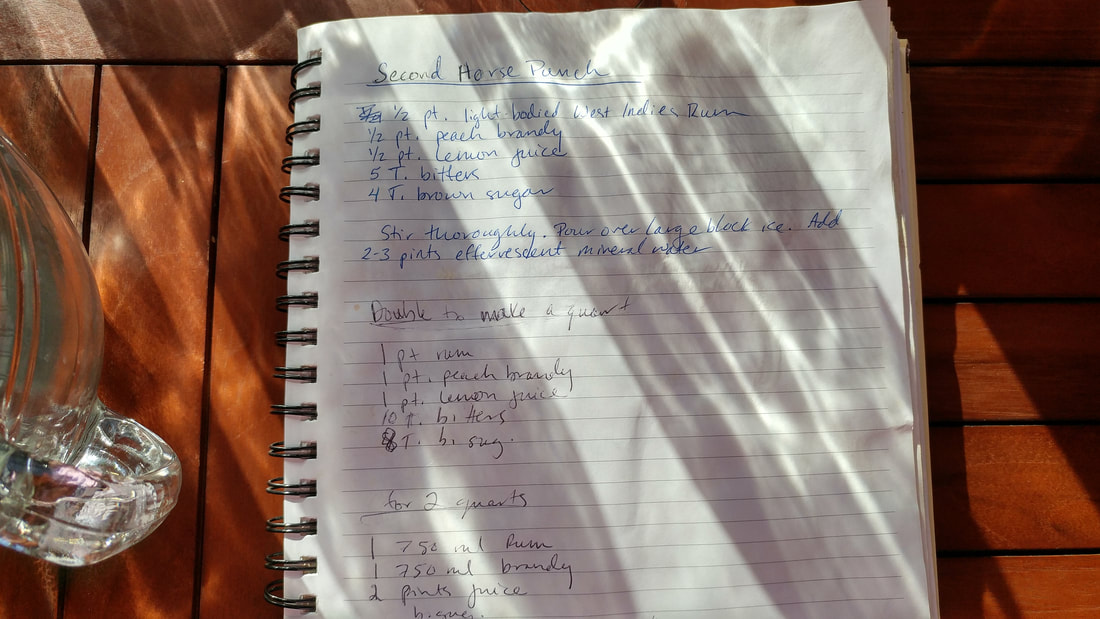
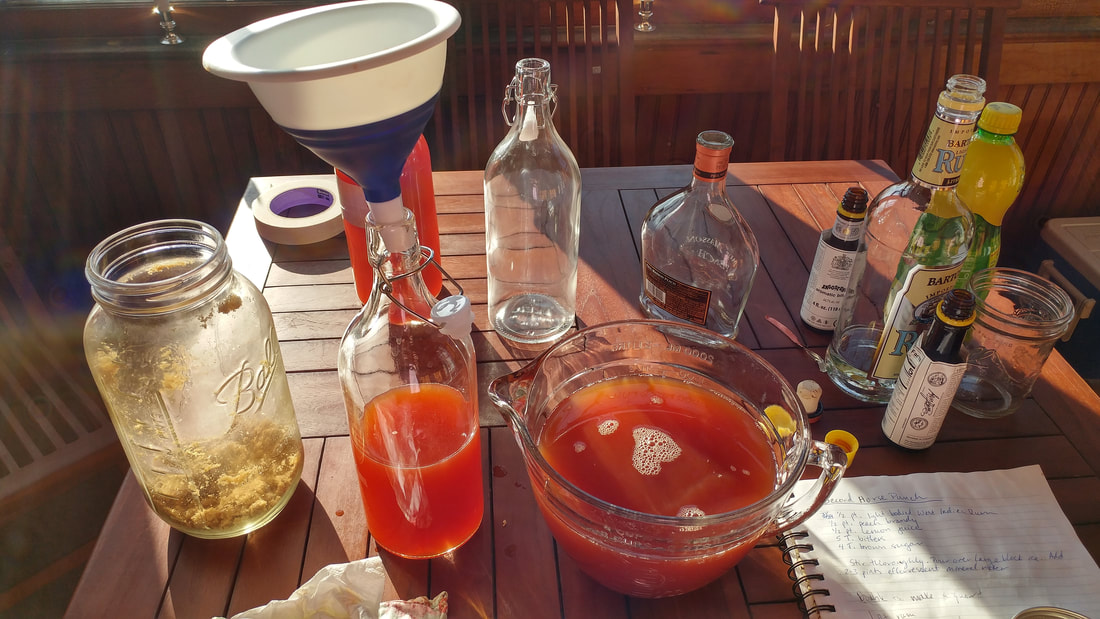
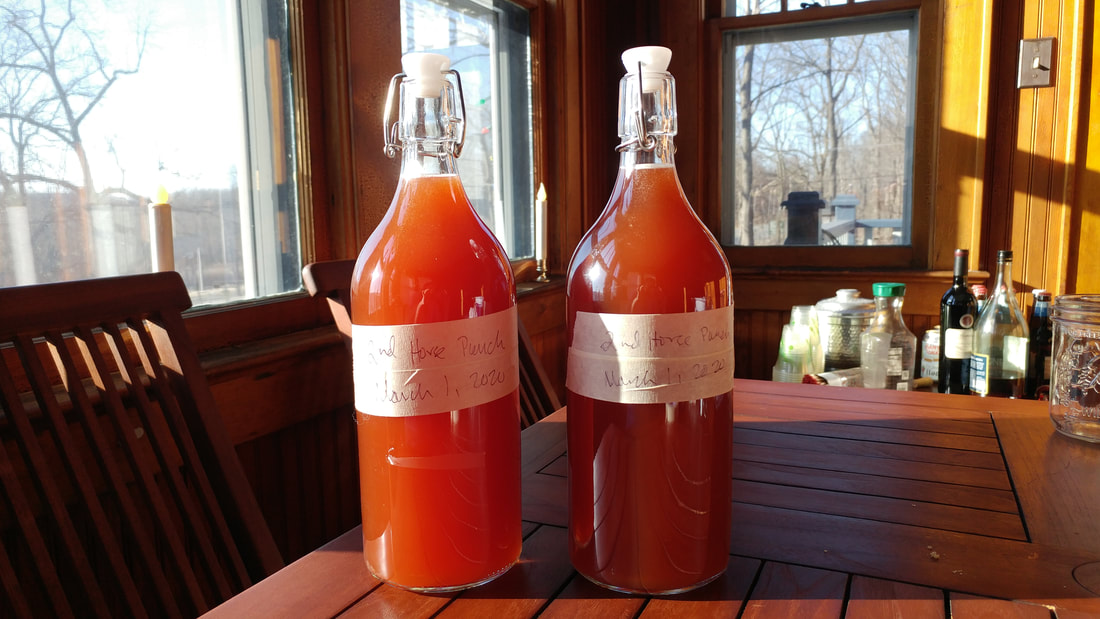
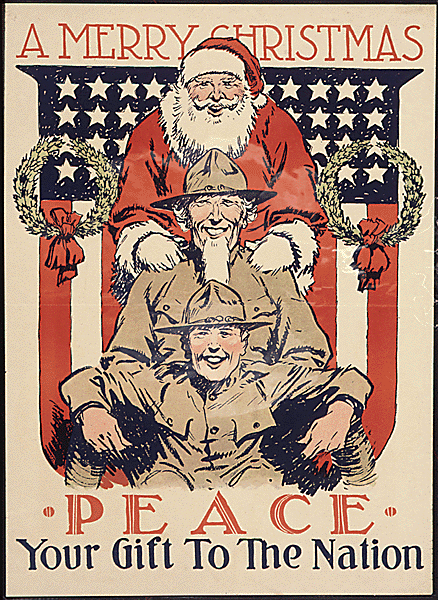
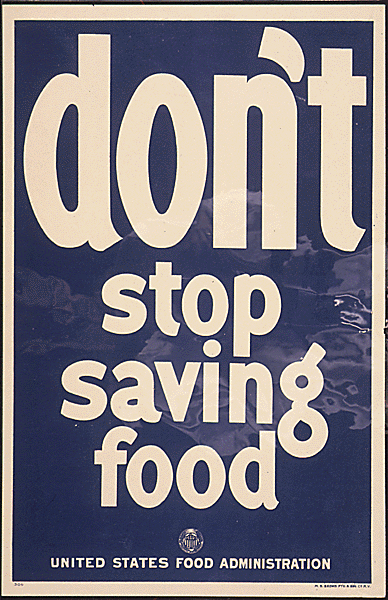

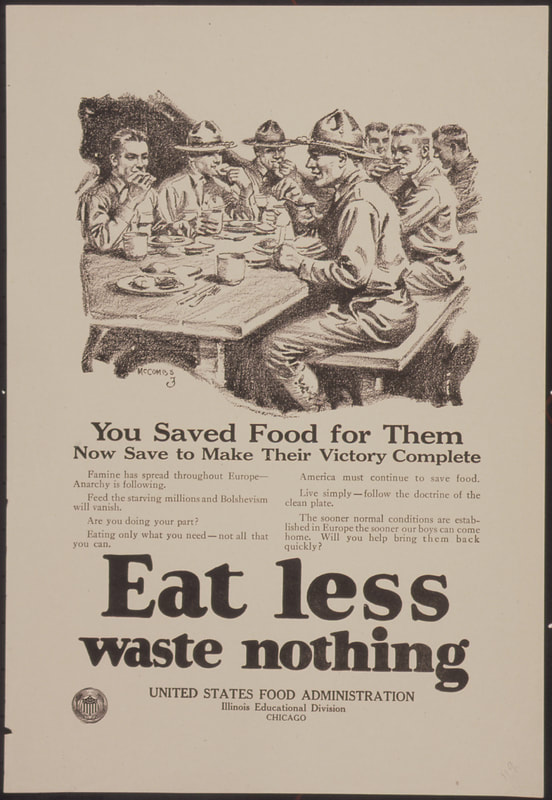
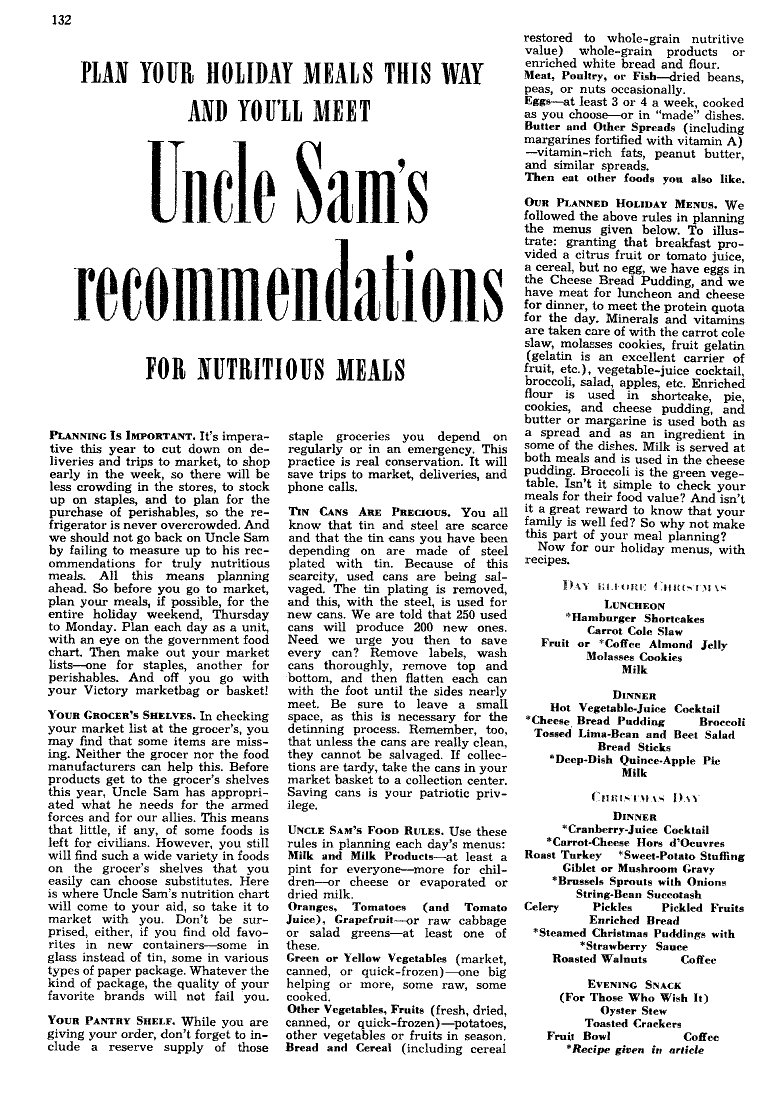
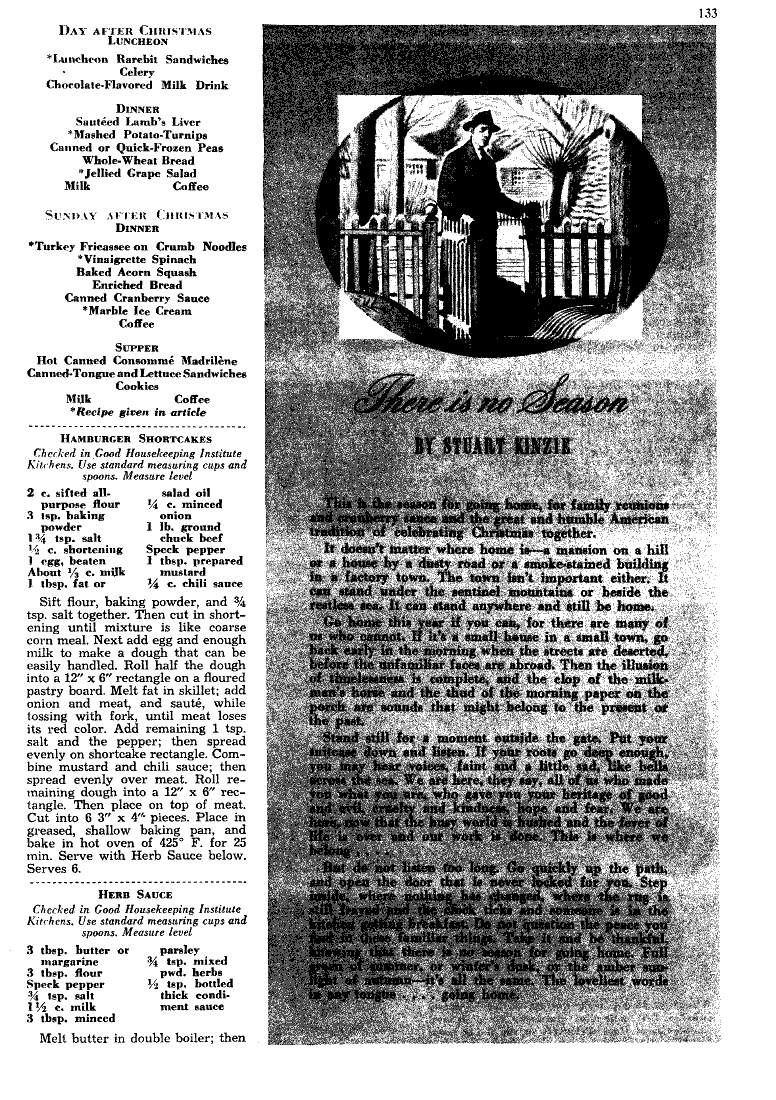

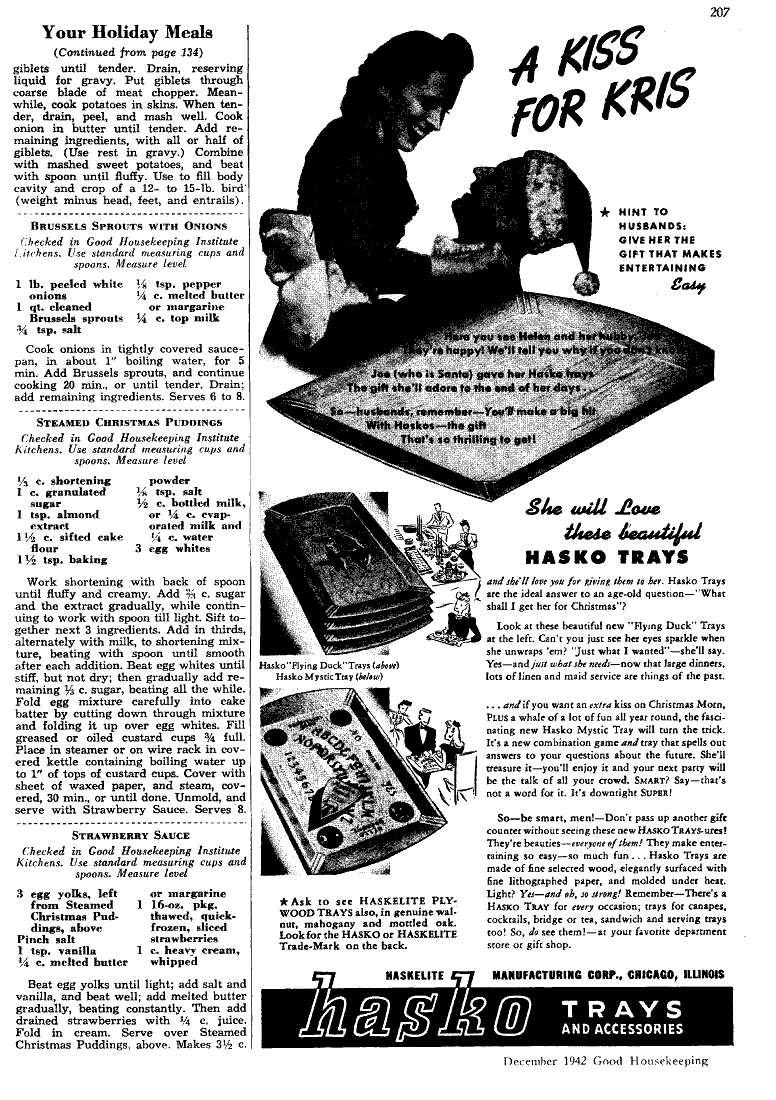
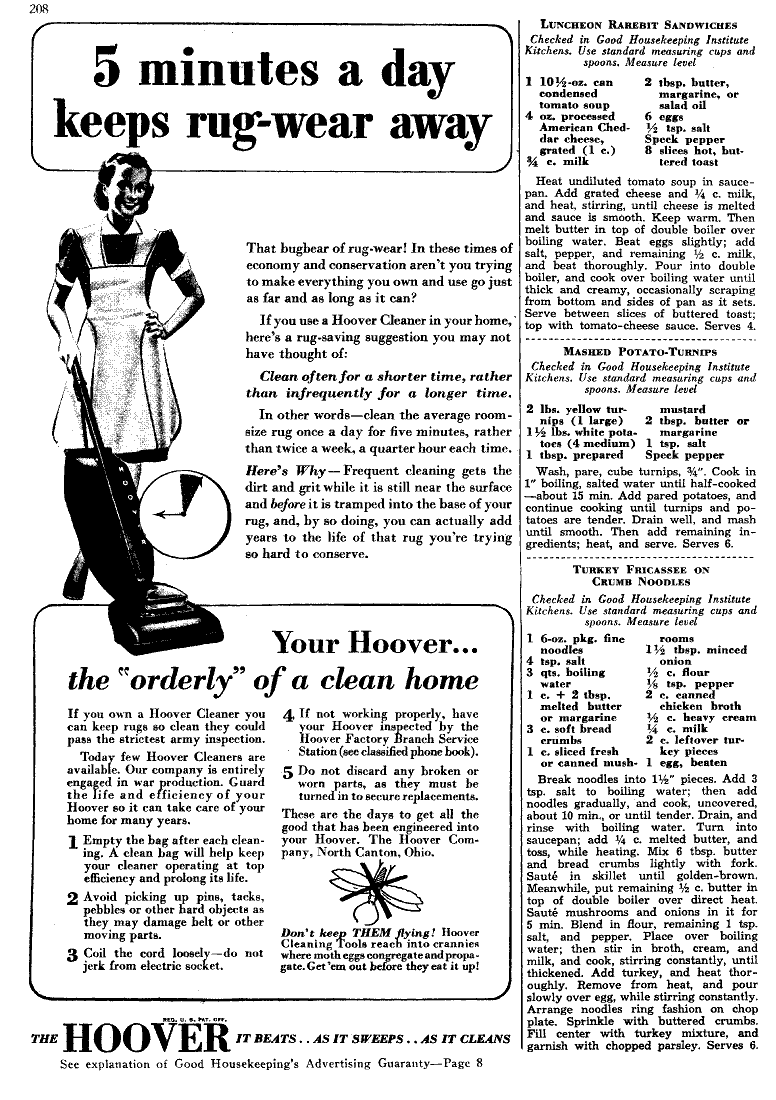
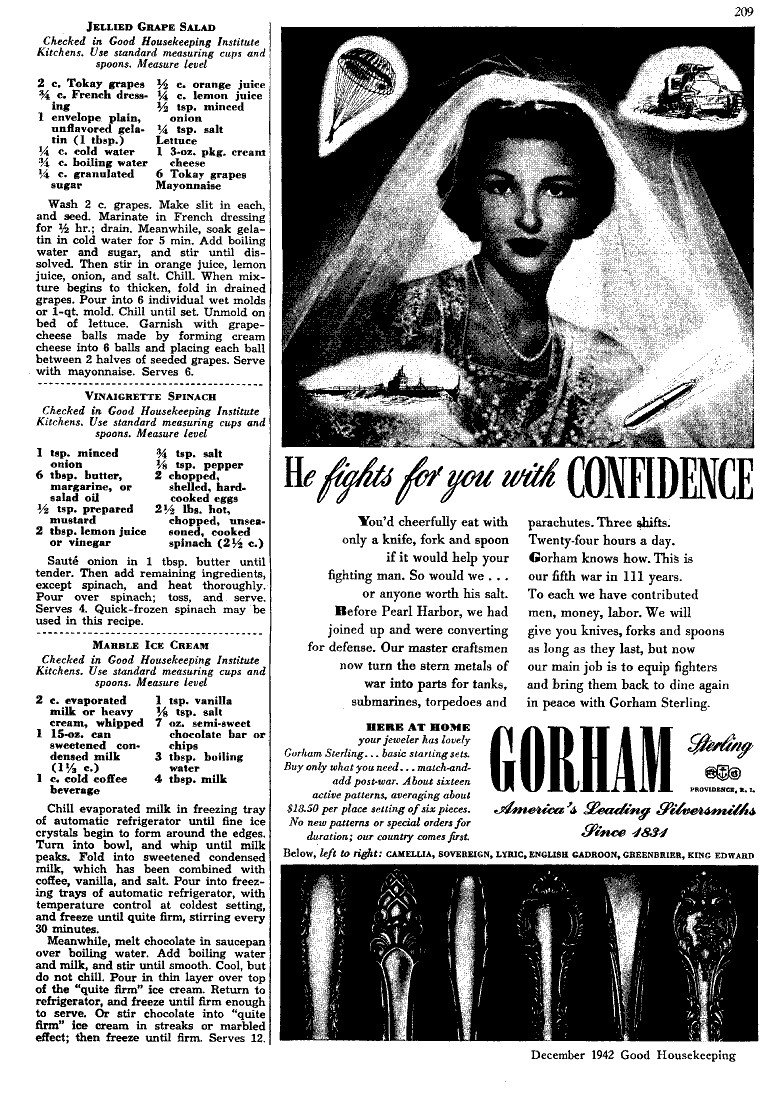
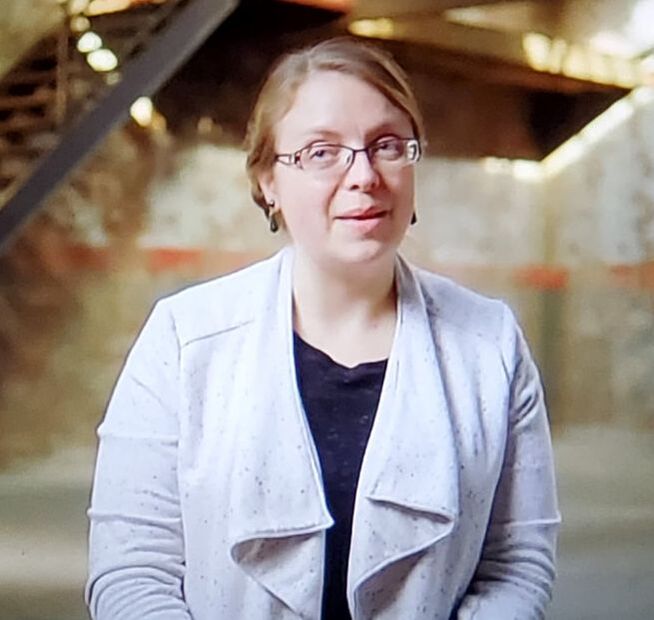
 RSS Feed
RSS Feed